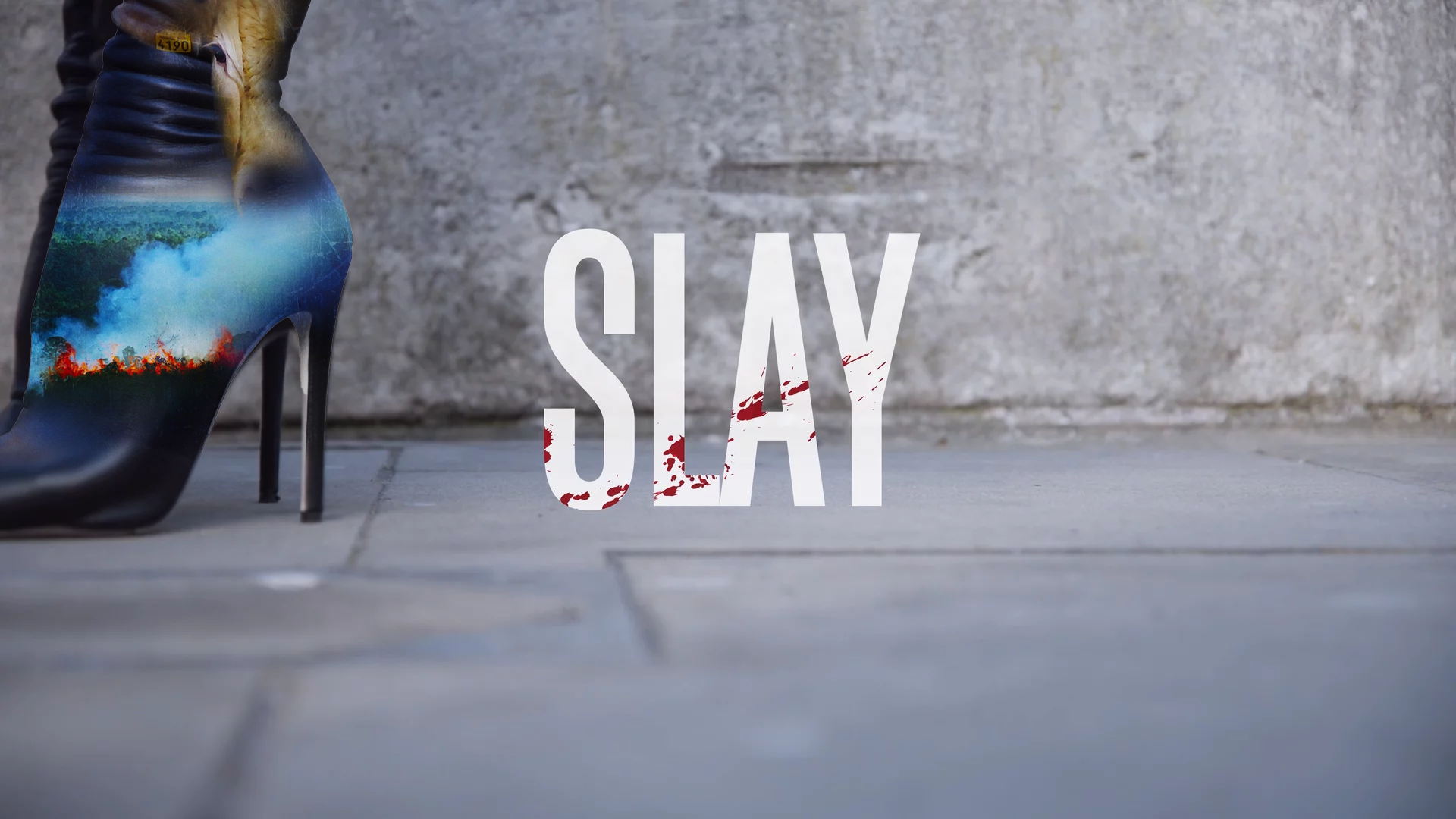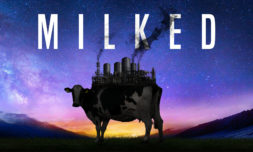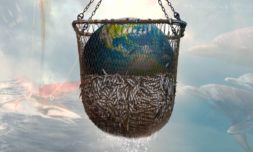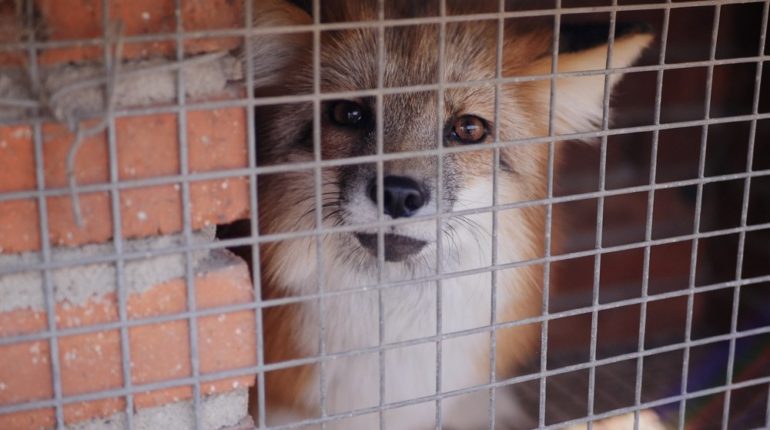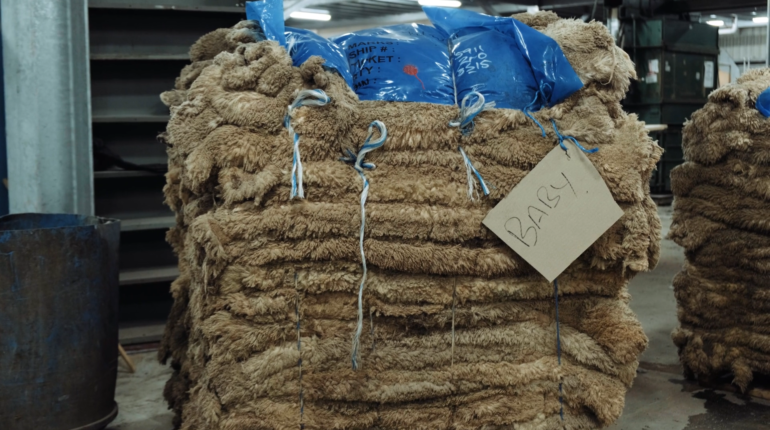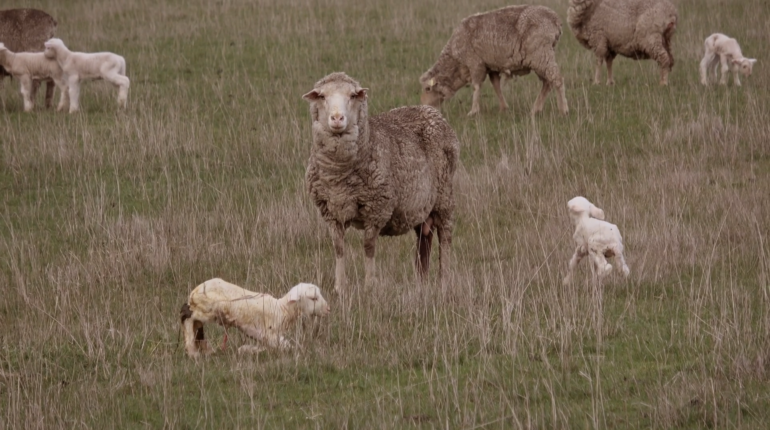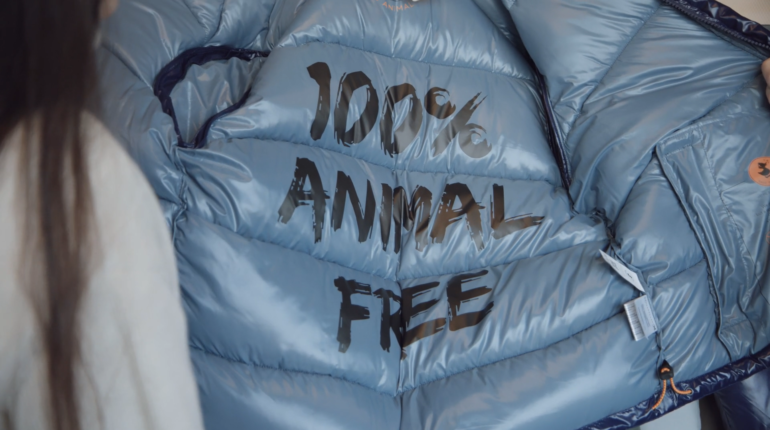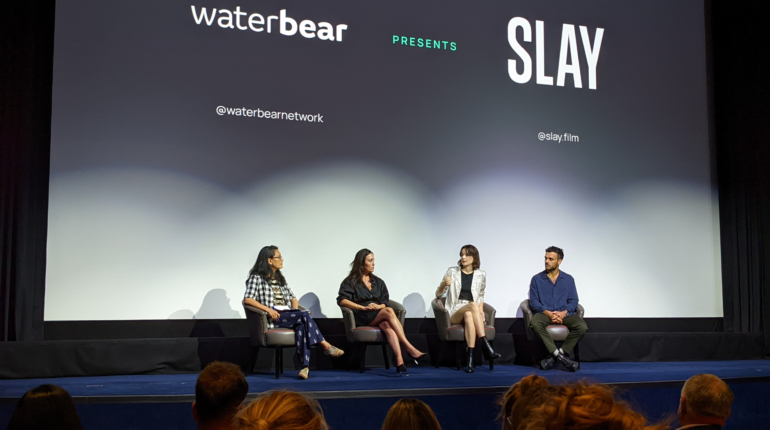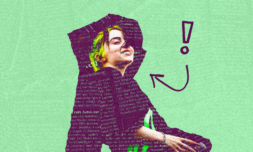Slay is an eye-opening documentary that will have you looking at your wardrobe in a whole new, probably red tinted, light.
Slay is a new documentary premiering on WaterBear, the new environmentally conscious streaming service. Presented and directed by animal rights activist Rebecca Cappelli, the film aims to shine a spotlight on the dark corners of the fashion industry.
In recent years, the disastrous consequences of climate change have become more evident and increasingly frequent. The agriculture industry has long been a leading cause, but general focus and public attention has always been on food and not fashion.
Slay intends to change this, giving our garments as much attention and criticism as what we eat.
The documentary explores the ethical issues around fashion’s favourite materials, including leather, fur, and the eco-conscious influencer’s go-to, wool.
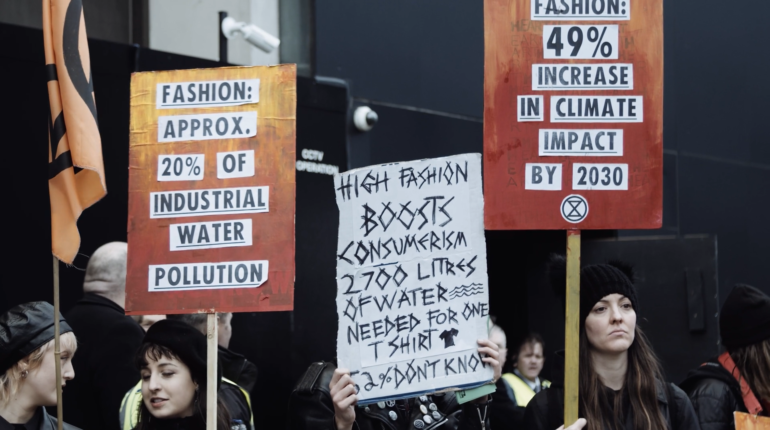

The film is produced by Keegan Khun, the award-winning co-director of the seminal documentary Cowspiracy. With such a big name attached to the project, comparisons seem unavoidable. So, is Slay to the fashion industry what Cowspiracy was to agriculture? And will it be equally influential?
Meet Rebecca
At the heart of Slay is director Rebecca Cappelli, a French fashionista turned fighter for animal rights, who kickstarts the documentary by asking the question – can you be an animal lover and wear animals?
It’s a dilemma many of us have wrestled with, serving as the film’s central ethos and encouraging audiences to jump in. We’re ready to follow Rebecca on her three-year journey across seven countries to uncover answers.
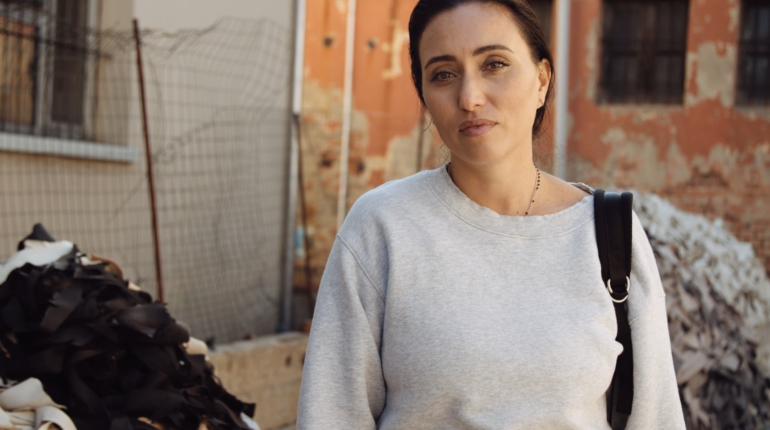

As the blood-splattered logo suggests, however, they may not be the answers we want to hear.
The documentary is unscripted. The majority of its footage was filmed prior to the narrative that unfolds around the bloody revelations Rebecca and her team steadily uncover, giving the doc an authentic sense of discovery.
The Thred team was lucky enough to interview Rebecca after a premiere screening in London.
When asked about acquiring the footage, she explained that one of the scariest aspects during filming was that ‘we didn’t spend months trying to look for some problems or some issue.’ The causes for concern were hiding in plain sight, readily visible for anyone prepared to look.
The film’s primary intention is to get people to do just that, exposing the true moral cost of everyday clothes. Slay wants us to acknowledge the brutal reality of how our garments are made next time we see a pair of leather shoes or a fur-trimmed coat.
The leather lie
After a thumping opening credits sequence on the catwalk, we’re treated to interviews from industry professionals that feel straight out of The Devil Wears Prada, amping up the far-reaching importance of fashion.
This introduction reinforces the idea that if you wear clothes, you’re engaging with fashion.
See, it’s not just a lumpy blue sweater, Anne Hathaway!
In this way the film makes us all culpable participants, unknowingly cooperating with a cruel, exploitive, and harmful industry.
Once the audience is in the hot seat, the film carefully dissects every pro-fashion argument over its 85 minute run-time. Defenses like ‘leather is longer lasting and more biodegradable than synthetic alternatives’ are stripped of their evasive skin to reveal the bloody truth underneath.
To meet demand, powerful chemicals are used to efficiently transform animal skin into leather. These are massively detrimental to the environment and harmful to not only the exploited workforce, but also nearby residents of tanneries who are exposed to toxic water.
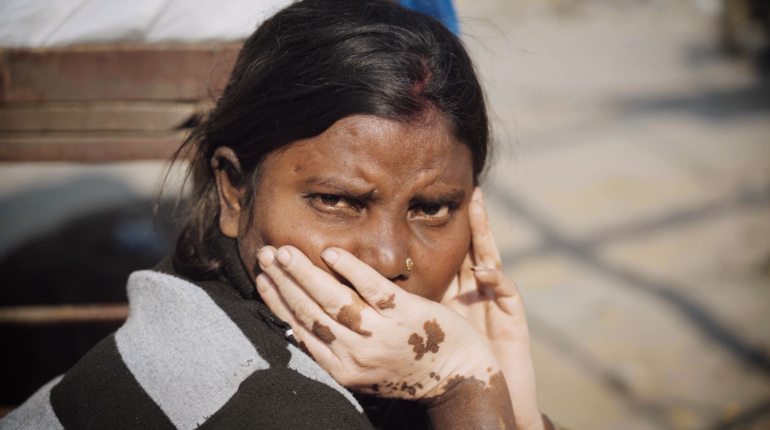

This may not upset you if your leather jacket has a ‘made in Italy’ label, a prestigious sign of status that conjures up images of Italian craftsmen working with ethically sourced, high quality materials – which is false.
In order to qualify for this ‘illustrious’ label, only a small percentage of the manufacturing process needs to happen in Italy.
This means that a leather belt made from a cow reared in a deforested area of the Amazon, whose skin was transported to a sweatshop in India for tanning before making its way to Milan for finishing touches, can still count as ‘made in Italy’.
This is just one example of Slay contradicting long relied upon industry dogma designed to convince customers that leather is a mere by-product of meat and dairy farming when, in reality, the hide is just as valuable as what’s underneath.
Though the documentary encourages viewers to question their own choices when it comes to the clothes we buy, the responsibility does not rest entirely at the feet of the consumer.
Slay is not shy at naming and shaming big brands that source leather from questionable sources like Armani, Versace, Dior, Zara, Calvin Klein, and Tommy Hilfiger, just to name a few.
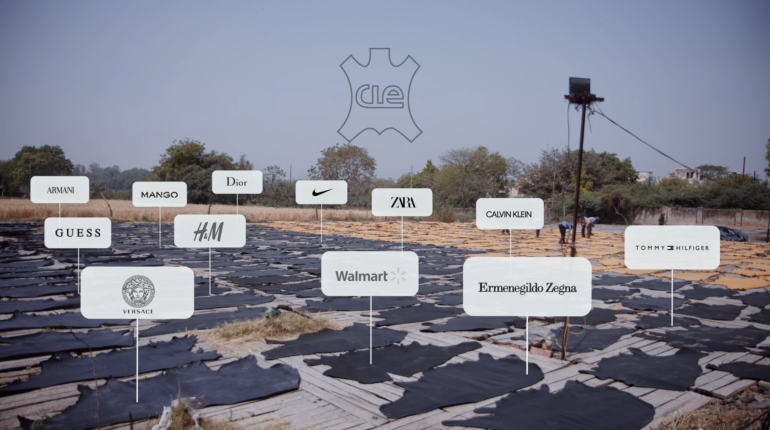

If such staples of the industry are willing accomplices to this deceitful and underhanded process, it makes you wonder what else fashion is lying to us about.









